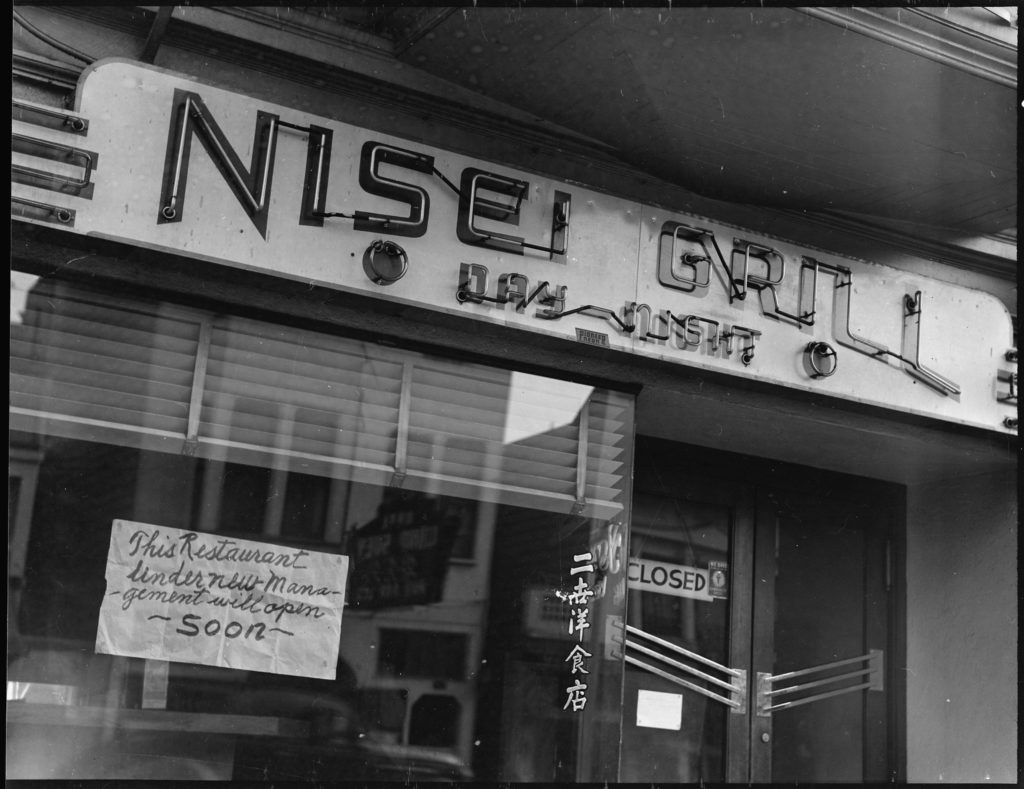Thanks for reading. Please subscribe if you’d like the next letter in your inbox.
(notes on) The New West
The Houston Public Library introduced me to three great books, The New West, Stephen Shore’s Uncommon Places, and a third monograph that focused on reflections in the plate glass on New York City streets (but I haven’t been able to rediscover). All three books were from the 1970s and 1980s.
The New West has kept its freshness ten years after I first discovered it, almost fifty years after publication. Even though the Rocky Mountains are a foreign place for me (the most interaction I’ve had with Denver is stretching my legs at its train station while riding the California Zephyr), the suburban scape is quite familiar.
The tract homes are much like the simple homes I renovated in the Bay Area. I spent four years remodeling an old tract home in downtown Vegas. I now live next to freshly cleared new subdivisions in the desert. The book’s business strips mirror my grandparent’s avenues in the San Gabriel Valley. I can also see a central business (casino) district from our house, through the dusty haze of flatland. That same highway rolled through the foothills of Austin when I started dating my wife. It also runs through the desert towards Los Angeles.
It is all so familiar, and yet half a century foreign. Different from what I know, but every element rhymes.
The only misstep in this book is the introduction to the chapter “Tract and Mobile Homes”.
Few of the new houses will stand in fifty years; linoleum buckles on countertops, and unseasoned lumber twists walls out of plumb before the first occupants arrive.
I pulled up a copy of Google maps to verify this sour prediction. There have been some changes. Big trees stand tall where the land was scraped bare and fences now divide the properties. But the homes all remain, sometimes barely touched.
I wonder if any of the current residents know that their abode is been featured in a photographic monograph? What would they think if they stumble across a print in a fancy gallery? Do they realize the artist fully expected them their homes would quickly disappear?
However, our ability to predict the future is often half right. I followed up the house search by looking up his busy commercial strips. Almost all of them have changed. Sometimes there are wafts of the past with similar uses in new buildings, but American commerce is one of creative destruction.
Those examples in this book were not spared. Only the church has remained.
And so I see our future in Las Vegas. The streets will remain. These squat stucco boxes will survive. I doubt our trees will grow as tall, but I’m curious what our shopping centers will become in the second half of this new century.
~
A Question
What do you see in your crystal ball? What will stick around in fifty years?
Hit reply and let’s chat!
~
A Link
The Growth Equation posted about the importance of physical constraints, especially for knowledge workers who deal in data all day. This is why I love this industry. Outside of academia, architects have to deal with physical reality, even if we aren’t forced to get our hands dirty.
… and a photo.

~
Thanks for reading the OPM letter! I’d love to have a conversation if you have any feedback. I hope you found some prompts to stretch your craft as a curious Owner PM. See you soon!
Justus Pang, RA